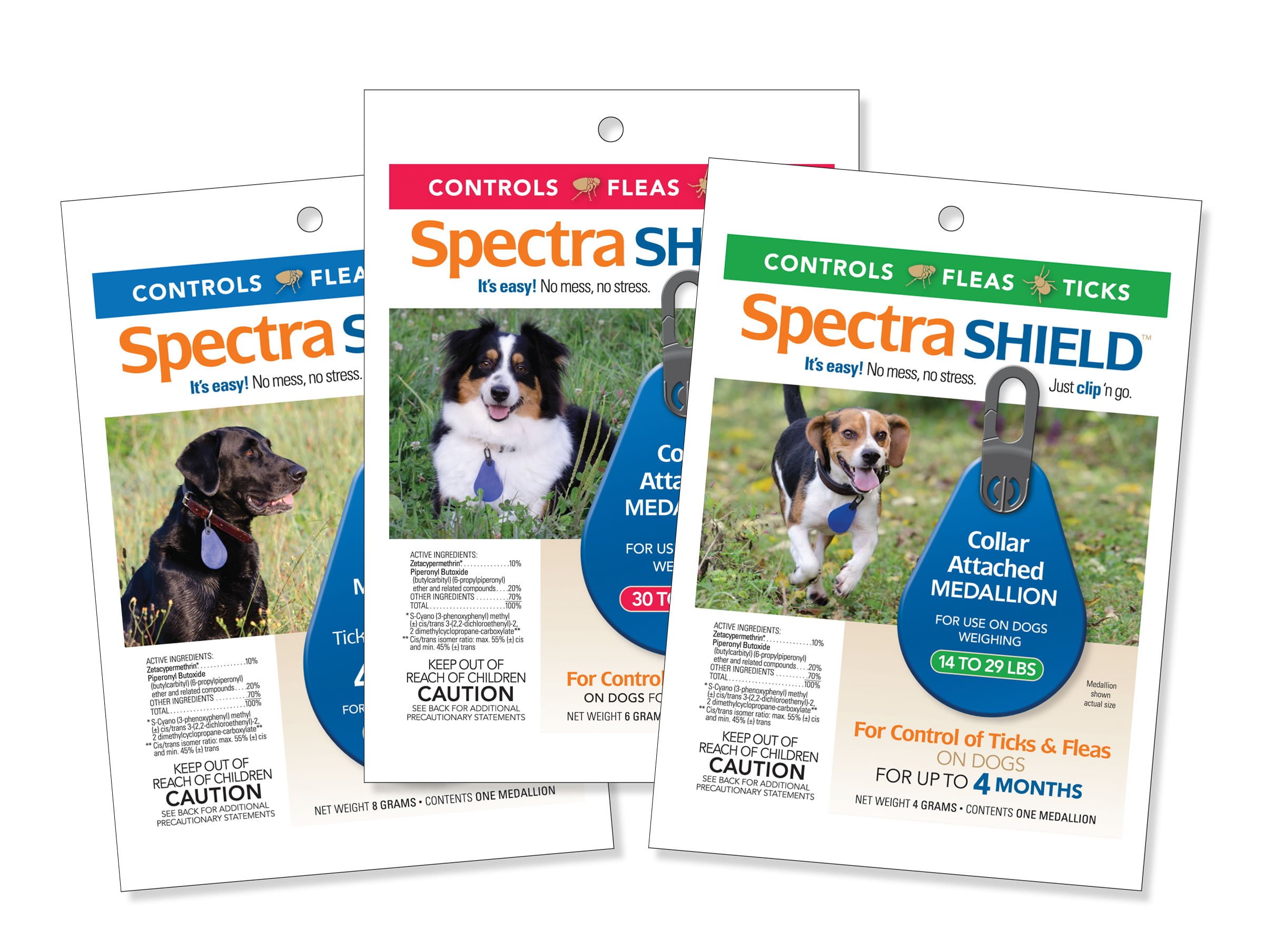
It's that time of year again and flea and tick season is quickly approaching. Fleas and ticks are two of the most common concerns for pet parents in America. Not only do they cause discomfort for our pets, they can lead to a wide range of health concerns. While prevention is the best method to avoid these problems, it is important to recognize the symptoms of fleas and ticks so you can help your pet if needed.
Unfortunately, it is easy for your pet to pick up these pests from something as simple as a roll in the grass outside to being around other pets that are infested. Fleas thrive in warm and humid environments which makes your pet's coat an ideal place for these pests to reside. A flea's life cycle can range anywhere from 16 days to 12 months and they can easily jump from host to host. Female fleas can lay up to 40 to 50 eggs a day, which can lead to a huge infestation. Once fleas enter your home, they are very hard to get rid of.
Symptoms of Fleas and Ticks
- Hair loss
- Excessive itching, scratching, licking or biting
- Visible flea bites
- Scabs
- Red, inflamed patches of skin
- Small red bumps
- Yeast infections
- Ear infections
- Flea dirt
Dangers of Fleas and Ticks
Fleas and ticks can be dangerous for your pet and cause a wide variety of health issues. While fleas are known to cause extreme itchiness, they can also cause hair loss, allergies and even anemia in severe cases. On the other hand, ticks don't cause as much obvious discomfort but can lead to serious health issues such as anemia, paralysis and infections such as Lyme disease and Rocky Mountain Spotted Fever. These issues can be a serious risk to your pet's overall health, so having a year-round prevention plan is important.
Prevention Tips
Most animals will encounter fleas and/or ticks in their lifetime. Once your pet is old enough, it is important to start using a monthly flea and tick preventative medication recommended by your veterinarian. It is helpful to use a flea comb on your pet's coat regularly to check for fleas and "flea dirt". Vacuuming the home and spraying shaded areas in the yard with insecticides can help to keep pest problems at bay.
If your pet has spent a lot of time outdoors or visited heavily wooded areas, take time to look them over for parasites. If you spot a tick, carefully remove it and contact your vet if your pet develops any symptoms of tick-borne illness.
Flea and Tick Treatment Options
There are many forms of safe and effective flea and tick prevention products on the market to reduce the risk of infection in your pet. These year-round treatments are the best way to protect your pet and keep pest issues to a minimum. Many treatment options available are effective against both fleas and ticks. Types of treatments may include:
- Shampoo
- Collars
- Spray
- Oral - pills or chews
- Ointment
- Topicals
With prevention, cleaning, the proper treatment plan and a sharp eye, you can keep your pets safe from the potential dangers of fleas and ticks. Speak with your veterinarian about the best option for your pet based on your location.
Sources: Pets Best, American Kennel Club, Animal Medical Center of Streetsboro

 BACK TO MAIN BLOG
BACK TO MAIN BLOG 

Comment